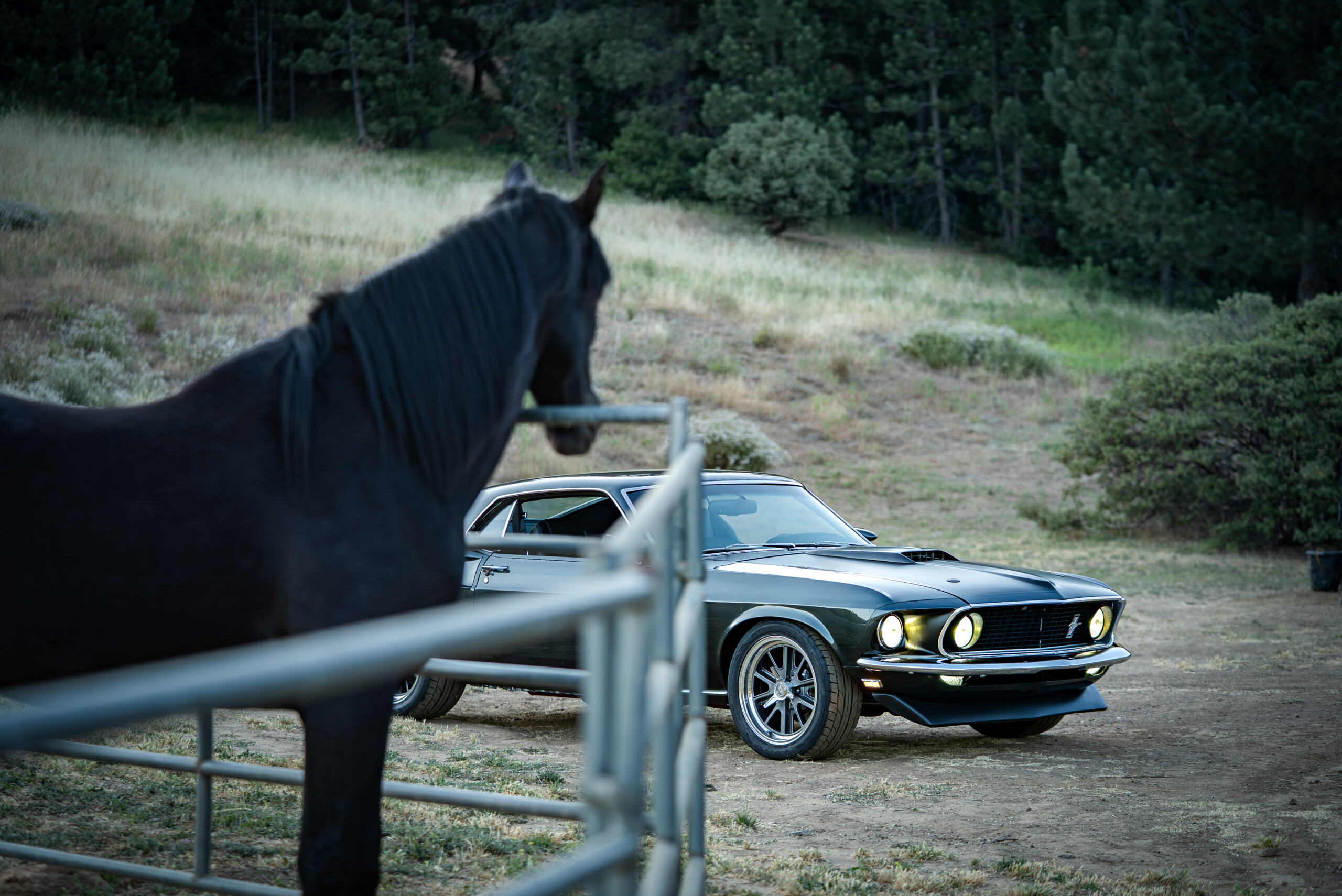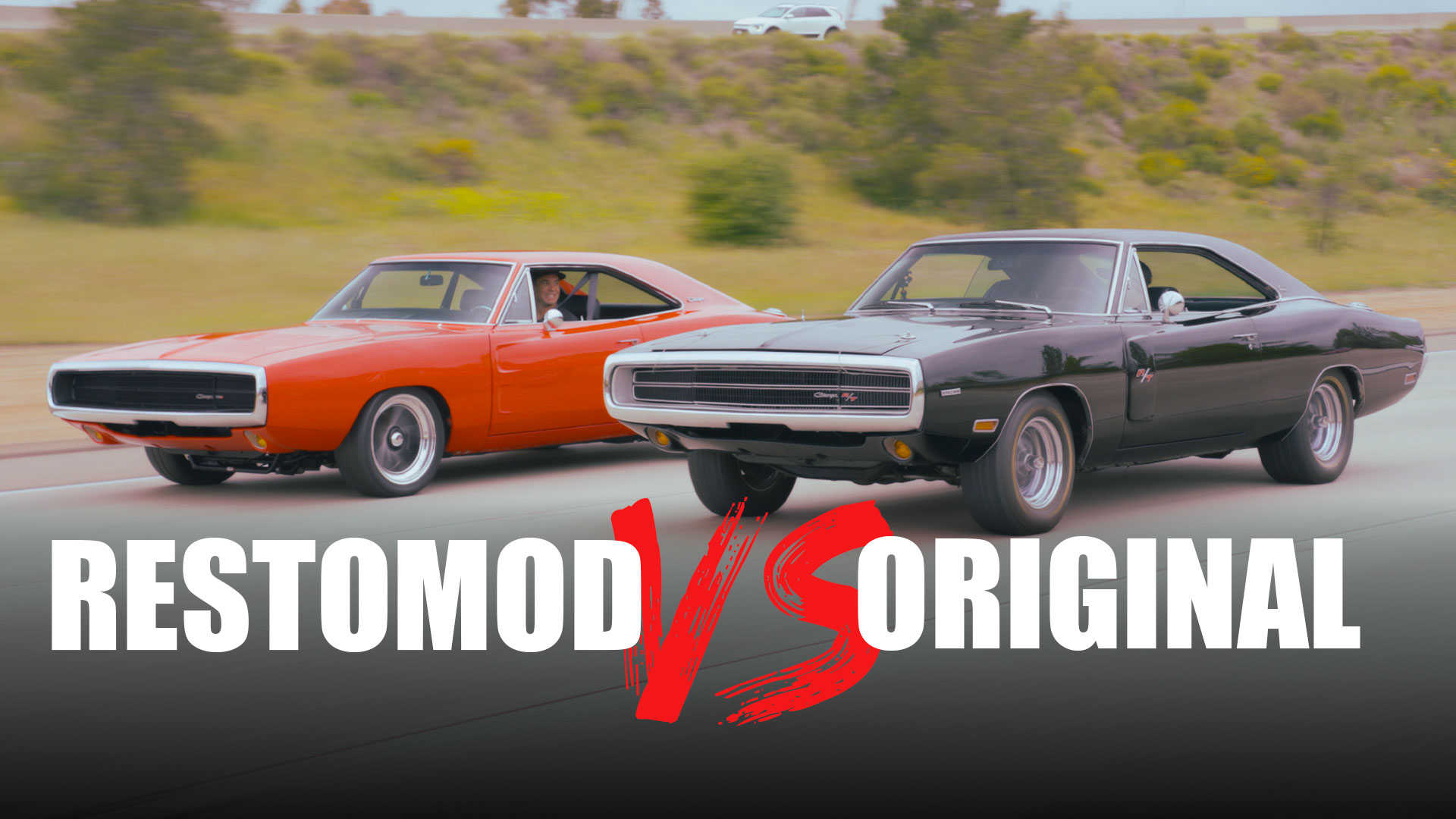Chevrolet El Camino – The Car-Truck You Just Can’t Hate

I’m not really into the whole pickup truck culture. Pickups are utility vehicles – invaluable if you’re in the trades, have a farm or go camping.
But fun daily cars they are not. They’re unnecessarily big, bulky and inefficient.
I’m always dumbfounded to see a tricked out pickup with a pristine bed that’s obviously never seen real cargo. I just don’t get people who buy a pickup truck to go to the office or crawl the malls.
And I think they’re kind of ugly, especially newer ones. But that’s just me.
Don’t get me wrong, you’re free to burn your money whichever way you like. It’s just not pickup trucks I like to burn mine for.
So why would I then write an article about not one, but two pickup trucks?

Well, there’s an exception for everything, right? In my case, that’s the Chevrolet El Camino. It doesn’t look like a pickup truck, yet there it is – a bed. It’s quirky and in my book, that means cool.
I’ve never had a pickup truck. But if I ever need one, the El Camino would be a strong contender.
The owner of this particular one is a prime example of how trucks are meant to be used. Patrick Modugno follows a very pure philosophy about cars that I very much appreciate.
But before we continue, it’s fitting to say a few words about the El Camino and what makes it a significant vehicle.
Chevrolet El Camino – the American Ute
The El Camino is not really a pickup truck. It’s a coupe-utility vehicle, or a “ute” if you ask anybody in Australia and New Zealand.
The difference is a ute is primarily a passenger car that also has a cargo bed.

It’s built over a sedan or station wagon chassis. The cabin and bed form a single structure, able to withstand reasonable loads while weighing a third less than a real truck. At the same time, a ute retains all comfort and luxury features of your favorite daily driver. Some of these had leather interiors, though no rear seats.
The first utes appeared around the 1930s in Australia, where many strange things live. The story is a farmer’s wife wrote to Ford Australia and asked for a vehicle that could drive her to church and her husband’s pigs to the market.
It turns out, people in Australia and New Zealand had a great need for a vehicle that can do both, even if not the best in either comfort or utility.
In 1957, Ford launched the Ranchero and started a new market in the US. The Ranchero was received well and GM decided they wanted their own car-truck too.

Thus, the El Camino was born in 1959. It was the most flamboyant truck on the market, taking design cues from the Bel Air. Sadly, the market was not right and it only lived a couple of years.
In 1964, Chevrolet reintroduced the El Camino based on the chassis of the Chevelle and the first SS performance version arrived in 1968 powered by the 396 Chevy Big-Block V8.
Over two decades the El Camino had its ups and downs. It was good at a time when small pickups didn’t exist, but after Chevrolet introduced the S-10 compact truck, it lost favor with consumers. The lack of rear seats and smaller bed didn’t resonate with enough buyers to keep it alive and ultimately, the El Camino was discontinued in 1987.

For a small cult following however, the El Camino was a do-everything vehicle – a daily driver, a work truck and a Sunday drag car.
Meet Patrick Modugno
Thankfully, there are people like Patrick Modugno, who still keep these alive and on the road. Patrick has a weird obsession with antiques that still work as designed, half a century later.

Current car culture treats automobiles no different than a toaster – if it breaks and it’s not under warranty, it goes in the bin. Even sadder is the fact that cars and trucks are designed with planned obsolescence – usually around the 5-to-7 year mark for most models.
Old cars you could repair almost indefinitely. And for what it’s worth, Patrick expresses his rebellion by keeping these two old-timers still going strong – a 1970 Chevrolet El Camino and a 1971 Ford F-100.

He comes from a car family, growing up on his dad’s car stories. They had a 1957 Plymouth, 1967 Mustang and 1969 Chevelle SS. His aunt’s first car was the 1963 Split-Window Corvette. While in school, Patrick helped his uncle restore a 1958 Chevy Impala and took it to Hot August Nights. So, the love for classic cars was set for life.
Later in life, Patrick gave new trucks a chance, but between the large payments and frequent breakdowns, he was left utterly disappointed.
“I figured if breaking down was just a part of car ownership, I might as well drive the cars that I really like, and be able to fix them myself. It turns out, I really like the fixing part.”
As an HVAC technician by trade, wrenching comes naturally to Patrick. Putting up some music in his garage and working on his trucks is the best part of his day. The only thing better is actually driving them around.
Living with a pair of 50-year-old trucks
Patrick uses both the F-100 and El Camino on a daily basis, driving 40-minute trips to and from work in LA traffic. And while crash safety is a concern for him, he’s getting his money’s worth out of each truck.
He picked them both for less than $5,000. Gas doesn’t come cheap, but his only other costs are parts.
Patrick says the F-100 is the most reliable vehicle he has ever driven. Not once has this 50-year-old truck been on a flatbed under his ownership. Talk about “Built Ford Tough”.

That doesn’t mean it’s been easy on him. He’s gone through every system – cooling, ignition, fuel, braking, electrical, suspension, steering. Patrick anticipates what is about to fail and resolves the problem before it leaves him on the side of the road. And it’s not hard to tell, driving these trucks is a full-body experience. They’re loud, smelly, rumbly and certainly catch the eye – one way or the other.
The El Camino is painted using a roller and brush by the previous owner. Patrick added the black stripes because…well…why not. He says “it looks good from afar, but far from good”. He doesn’t mind though – it alleviates the anxiety of getting bumps or scratches on brand new paint job.
Eventually, the old engine developed an oil-drinking habit and it was time for a refresh. A new 383 Stroker engine was dropped into the bay.

For the uninitiated, the 383 Stroker is a modified version of the Chevy 350 small-block V8. It uses a bigger crankshaft from the larger 400 ci engine, that’s machined to fit the 350 block and clearance other moving parts. The crank-swap allows for a longer piston stroke, thus increasing displacement by half a liter without modifying the cylinders.
The 350 Chevy small block became available in the El Camino in 1969. The engine made 300 horsepower before compression ratios were slashed in 1971. Depending on the build, the 383 Stroker goes up to 400 hp and beyond, so it’s a decent upgrade in power.

An Ebay-sourced aluminum radiator with two electric fans helps with engine cooling, while a new AC unit cools the driver in LA’s scorching summers. He got the El Camino with some questionable electrical modifications, so he reverted to the original wiring harness.
When the original suspension gave out, Patrick installed CPP tubular control arms, dual-adjustable coil-overs, as well as disc brakes in the front.
Do you notice a trend here? These trucks are not restoration projects. Both the El Camino and the F-100 are work vehicle. Patrick fixes what’s broken and does thorough maintenance, but no more.
The dream car – Intermeccanica Italia
Just like me, Patrick wouldn’t pit his money into a truck. But a small, sleek Italian corner carver, powered by a Ford V8? Yeah, that’s a car you can fall in love with.

Back in 1970, Patrick’s uncle purchased a brand new Intermeccanica Italia Spyder right from the factory in Italy. They only made around 400 of these, so it’s certainly a collector’s piece.
The Italia is worth its own interview. But right now it’s still in pieces, so we’ll check back with him when he’s got this baby on the road for an update.
Until then, let’s do what Patrick does – get our money’s worth from the cars we need to drive, so we can throw the excess at the cars we want to drive.
Recent Posts
-

Battle of the Pony Cars: Camaro vs. Mustang
October 29, 2025The battle between the Ford Mustang and the Chevrolet Camaro is the biggest, most lasting rivalry in American car history. These two cars didn’t just…Read more -

The RM32 Ford Fastback Mustang Build Breakdown
October 24, 2025The Ford Mustang: Historic Start The Ford Mustang is one of the most iconic muscle cars in American history, capturing the imagination of car enthusiasts…Read more -

6 Things to Consider: Keep Your Classic Muscle Car Original or RestoMod it?
October 15, 2025When tackling the big question that has become a debate on the internet: Is it better to keep your classic muscle car original or turn…Read more
Become a Car Club Member
Car Club Members Get Entries to Win, Discounts in our Shop, Discounts with our Preferred Partners and more!
Membership benefits
By joining the RestoMods Car Club Today, you will receive amazing perks plus 15 bonus entries into our sweepstakes for every month you are an active member
-
Auto Discounts:Curated Discounts From Your Favorite Parts Companies
-
Restomods Monthly:Monthly Magazine With The Latest Industry News
-
Classified Ads:Get Free Postings seen by 300,000 enthusiasts monthly
-
Car Show Tickets:Check out the biggest vintage car shows on us.
-
Exclusive Car Deals:First chance to purchase any prize cars not selected






Restomods on Instagram
Follow us on Instagram and other networks












